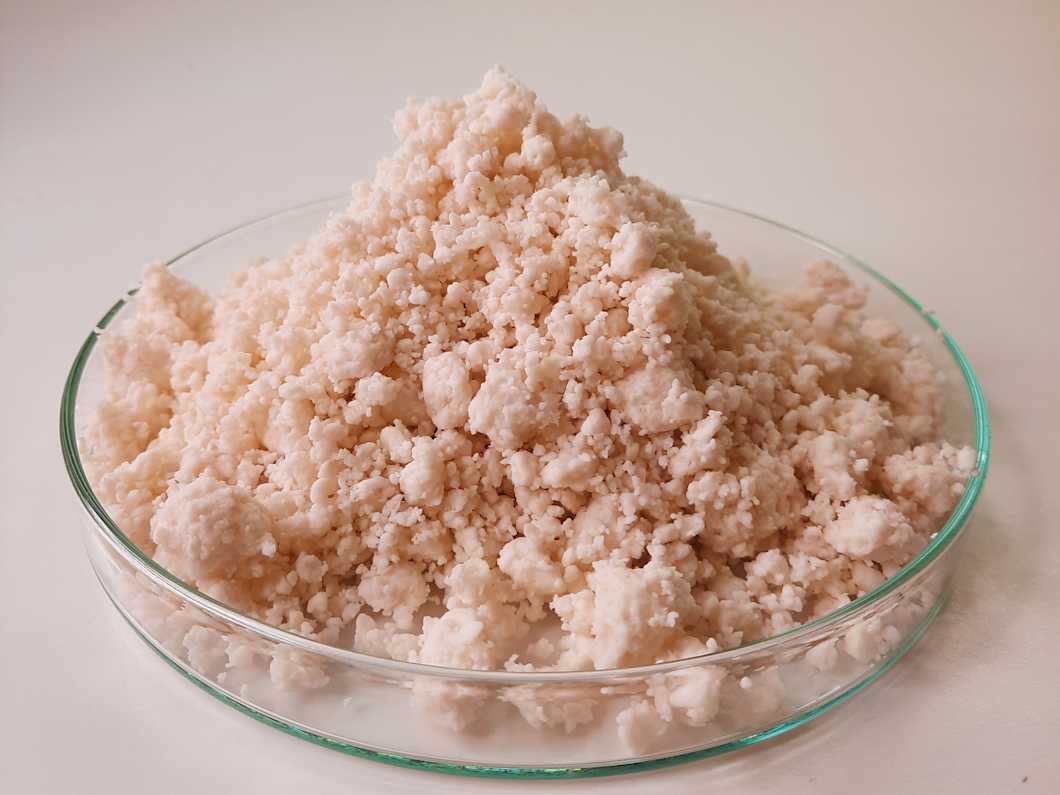Brunauer-Emmett-Teller (BET) analysis
Brunauer-Emmett-Teller (BET) theory can be used to determine the specific surface area of solid materials based on gas adsorption measurements. Gas adsorption is a powerful technique for determining critical information about the structure of solid materials. The method is suitable for analyzing a wide range of solid matrices from catalyst powders to monolithic materials.

Some of our BET analysis services
Specific surface area (BET)
Specific surface area + pore size analysis
Volume-specific surface area (VSSA) of powders
Prices excluding VAT.
- Fast turnaround times
- Personal service from method experts
- Competitive prices
- Result accuracy guarantee
What is BET analysis?
While BET technically refers to the theory used in the determination of specific surface area, the term is often extended to refer to surface area and pore size measurement by gas adsorption more broadly. The analysis is based on the physical adsorption of inert gas, such as nitrogen and krypton, on the solid surface of the sample. The measured specific surface area is given in m2/g.
What is BET analysis used for?
BET specific surface area is an important parameter used for the characterization of a wide range of solids. For example, it is used to analyze the fineness of cement and concrete and the adsorption capability of activated carbon, to characterize pharmaceutical drug delivery systems and the adsorption performance of gas purifiers, for catalyst characterization, and for studying nanomaterials. Nanomaterial identification can be based on measuring the volume-specific surface area (VSSA), which can be determined using BET analysis and He pycnometry.
How is surface area determined by gas adsorption?
The BET specific surface area of a sample is determined by the adsorption of an inert gas on the sample surface. The properties of the sample define the suitable inert gas for the analysis. Usually, nitrogen is suitable for materials with a specific surface area greater than 1 m2/g, while krypton is used for materials with smaller specific surface areas.
Sample preconditioning is an essential step before starting the gas adsorption measurement. All possible physically bonded surface impurities including moisture must be removed via a degassing step. The degassing step is performed under vacuum conditions and at high temperatures, usually with the same gas adsorption instrument.
After degassing the sample at appropriate conditions, the sample is exposed to cryogenic temperatures (usually liquid nitrogen at 77K) and an adsorbate gas with controlled pressure. Adsorption occurs as the gas molecules are attracted to the surface of the solid sample, creating physical bonds with the surface. The amount of gas adsorbed is monitored at each pressure point, which is used to create the adsorption isotherm. BET analysis is done at the initial point(s) of the isotherm, which represents the monolayer adsorption of gas molecules on the sample surface.
How many points on the isotherm should be used for the calculation depends on the sample and the objective of the analysis. Single-point measurement is usually offered for established materials with a known specific surface area. This approach is mostly used for quality checks as a quick and easy option. For unknown materials, multi-point analysis is recommended.
Sample requirements and preparation
BET analysis is suitable for the characterization of powders and monolithic solids. Usually, around 500 mg to 1 g of sample material is needed to obtain reliable results, but sometimes smaller or greater sample amounts might be appropriate, depending on the density of the sample.
Need an analysis?
Measurlabs offers high-quality BET analysis services with fast results and affordable prices. If you have any questions about your sample or its suitability for the method, our experts are always happy to help. You can contact us through the form below, and we'll get back to you latest the next business day.
Suitable sample matrices
- Cement
- Concrete
- Pharmaceutical ingredients
- Minerals
- Activated carbon
- Carbon nanotubes
- Zeolits
- Other powders and porous materials
Ideal uses of BET analysis
- Assessing the adsorption capability of materials
- Quality control in metallurgy, pharmaceuticals, cement, and concrete industries
- Characterization of catalysts
- Porous molecular sieve development
- Gas filtration development
- Research on powder metallurgy
- Nanomaterial surface area analysis
Ask for an offer
Fill in the form, and we'll reply in one business day.
Have questions or need help? Email us at info@measurlabs.com or call our sales team.
Frequently asked questions
BET analysis is mainly used for analyzing the fineness of cement and concrete, the adsorption capability of activated carbon, catalyst characterization, the adsorption performance of gas purifiers, and for studying nanomaterials.
Powders and monolithic solids like cement, concrete, minerals, zeolites, carbon, and pharmaceutical ingredients can be analyzed with BET.
Measurlabs offers a variety of laboratory analyses for product developers and quality managers. We perform some of the analyses in our own lab, but mostly we outsource them to carefully selected partner laboratories. This way we can send each sample to the lab that is best suited for the purpose, and offer high-quality analyses with more than a thousand different methods to our clients.
When you contact us through our contact form or by email, one of our specialists will take ownership of your case and answer your query. You get an offer with all the necessary details about the analysis, and can send your samples to the indicated address. We will then take care of sending your samples to the correct laboratories and write a clear report on the results for you.
Samples are usually delivered to our laboratory via courier. Contact us for further details before sending samples.